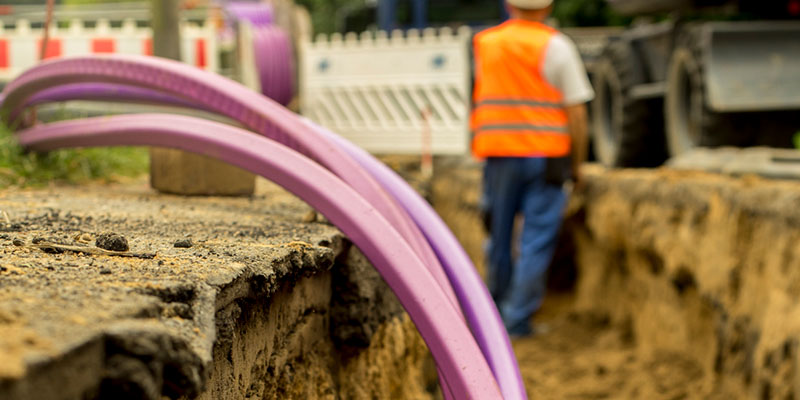
As the world becomes more digital so does the need for fiber optics splicing. Most people put little thought to how the fiber optics around and below them. Of course, with a growing need comes literal growth and problems with current fiber optics networks. That is where fiber optics splicing comes in, combining two fibers together. Here are a few things to know about fiber optics splicing to help you understand why it is useful.
2 Types of Fiber Optics Splicing:
- Mechanical: This type of splice involves lining up 2 cables and holding them together so they can act as one. This is not a permanent seal and can lose some efficiency due to it. However, it is more cost effective when few splices are needed.
- Fusion: Fusion is more expensive, but it can be cost effective if many splices are needed, and efficiency is key. This method fuses the two fibers together and welds them essentially into a single cable.
When to Use Fiber Optics Splicing:
- Extending: If you want the fibers optic cables to stretch and extend to new places you can splice new cables onto an existing grid of fibers. This can allow for new development of buildings that need connections or can be used to perpetually extend to places that are older and want connections.
- Fixing: If a cable breaks, splicing allows the fiber to be fixed without having to replace the entire line. The broken part can be spliced off and a working fiber can be spliced in its place.
While most people do not need fiber optics splicing in their daily lives, it can be good to know how crucial it is to everyone’s modern life.






